Do Tulips in Pots Come Back Every Year?
Introduction
Tulips are among the most beloved spring flowers, celebrated for their vibrant colors and classic, elegant shapes. While tulips planted in the ground often return year after year, many gardeners wonder, Do tulips in pots come back every year? Growing tulips in pots is a fantastic way to add color to balconies, patios, and smaller spaces, but ensuring that they return annually requires specific care and preparation. In this guide, we’ll explore whether tulips in pots can come back each year, how to care for them, and tips for keeping them blooming season after season.
Can Tulips in Pots Really Return Year After Year?
So, do tulips in pots come back every year? Generally, they can return each year, but they need more attentive care than those planted in the ground. When tulips are planted directly in the garden, they benefit from natural insulation, stable moisture levels, and ideal soil conditions, which help them survive and thrive year-round. Tulips grown in pots are more exposed to temperature fluctuations, so without careful care, they may not bloom consistently each year.
Fortunately, with the right methods, it’s possible to help potted tulips return each spring. This process might involve replanting fresh bulbs annually or specific overwintering techniques to keep the bulbs healthy.
Choosing the Best Tulip Varieties for Pots
Selecting the right variety is key if you want your potted tulips to bloom again each year. Some tulip varieties are better suited for container growth due to their compact size and sturdy growth habits. Here are a few varieties that thrive in pots and have a good chance of returning annually:
- Kaufmanniana Tulips: Known as waterlily tulips, these early bloomers are sturdy and compact, making them an ideal choice for pots. They bloom early in the spring, bringing vibrant color to outdoor spaces.
- Fosteriana Tulips: Often called Emperor tulips, Fosteriana varieties produce large, striking flowers. They’re well-suited for containers and make a bold statement in any garden or patio display.
- Miniature Tulips (Greigii Tulips): Miniature varieties are shorter and come in a range of colors, perfect for smaller pots or combining with other plants. Their smaller size makes them ideal for containers, and they often bloom well when planted in pots.
Choosing a tulip variety that performs well in containers will increase the likelihood that your tulips in pots return each year and simplify the overall care process.
How to Plant Tulips in Pots for Optimal Growth
Planting tulips in pots correctly is essential if you want tulips in containers to come back each year. Here’s a step-by-step guide to ensure your potted tulips thrive:
- Choose a Container with Good Drainage
Tulips need well-draining soil to prevent waterlogged roots. Select a pot with multiple drainage holes and ensure the bottom has adequate drainage. - Use a High-Quality Potting Mix
Fill the pot with a premium potting mix, and consider adding sand or perlite to improve drainage. For an extra nutrient boost, try incorporating organic matter. Check out our article on how to use worm castings for a natural, rich addition to your potting mix. - Plant Bulbs at the Right Depth
Place the tulip bulbs in the pot with the pointed end up, about 6 inches deep. Proper depth is crucial for root establishment, which will give the bulbs a better chance to return the following season. - Water Thoroughly but Avoid Overwatering
Water the soil well after planting, but avoid excessive watering, as this can lead to rot. Moist, well-draining soil is key to healthy growth. - Add a Layer of Mulch
Applying a light layer of mulch on top of the soil helps insulate the bulbs and keeps the soil evenly moist, especially if you plan to leave the pots outdoors over winter.
Caring for Tulips in Pots Throughout the Season
Proper care during the growing season can make a big difference if you hope potted tulips come back each year. Here are essential tips to maintain healthy blooms:
- Place Pots in Full Sun: Tulips thrive in sunny conditions, so choose a location where the pots will receive at least six hours of direct sunlight each day.
- Water Sparingly: During the growth phase, water sparingly to keep the soil moist but not overly wet. Too much water can cause root rot and weaken the bulbs.
- Apply Fertilizer in Early Spring: When shoots start to emerge, you can add a balanced fertilizer to give the bulbs a nutrient boost. Avoid fertilizing after the tulips bloom, as this can promote leafy growth at the expense of flowers.
Do Tulips in Pots Need Winter Protection?
In colder climates, potted tulips may not return annually without winter protection. Since tulips grown in containers lack the insulation provided by ground soil, they’re more susceptible to freezing temperatures. Here are some winter care tips:
- Move Pots Indoors: If you have space, bring the pots to a sheltered area like a garage or unheated basement. This provides the chilling period needed for spring blooms without exposing the bulbs to harsh freezes.
- Bury Pots in the Ground: Another option is to dig a hole in the garden, place the pot inside, and cover it with soil. This added insulation helps bulbs survive freezing temperatures and gives them a better chance to bloom again next year.
In milder climates, tulips can stay outside. Apply a thick layer of mulch to protect the bulbs from temperature changes and keep the soil consistently moist.
How to Replant Tulips in Pots Each Year
In some cases, replanting new bulbs is necessary to ensure tulips in containers come back year after year. Here’s how to replant after the blooming season:
- Remove Faded Blooms
After tulips finish blooming, trim off the flower stalks to prevent seed production, which saps energy from the bulbs. - Allow Leaves to Die Back Naturally
Let the foliage die back on its own, allowing the bulbs to store energy for future blooms. This is essential for creating strong, healthy bulbs. - Store Bulbs Properly
Once the foliage has fully died back, remove the bulbs, clean them, and store them in a cool, dry place. Proper storage during dormancy increases the likelihood of a successful replanting in the fall.
For additional storage tips, consider checking out how to harvest and store onions—many of the same techniques apply to bulb storage.
Common Problems
Growing tulips in pots has unique challenges, which can affect whether they come back each year. Common problems include:
- Root Rot: Root rot is a common issue caused by overwatering or poor drainage. Make sure pots have proper drainage and avoid excessive watering.
- Pests and Diseases: Potted tulips can attract pests like aphids and fungal diseases. Regularly inspect your tulips, remove damaged foliage, and treat any infestations early. For more tips on managing garden pests, see our common garden pests guide.
Lifespan of Tulips in Pots
The blooming period for tulips in pots is typically 1-2 weeks in spring. After flowering, tulips enter a dormant phase, during which they recharge for the next growing season. Whether potted tulips will bloom again largely depends on factors like the health of the bulbs, the quality of care during dormancy, and how well the growing conditions are maintained.
For example, bulbs that receive adequate sunlight, well-draining soil, and are kept at a consistent temperature are more likely to re-bloom. Additionally, providing proper post-bloom care, such as allowing the foliage to die back naturally, gives the bulbs time to store energy for the next bloom cycle. Some bulbs, particularly those that bloom heavily, may be depleted after a single season, requiring replacement to ensure full, vibrant blooms the following year. However, with the right preparation and attention, you can increase the chances of your potted tulips producing beautiful blooms year after year.
Why Grow Tulips in Pots?
Growing tulips in pots offers a variety of unique benefits that make them an excellent choice for gardeners with limited space or those looking to add flexible, vibrant displays to their outdoor areas. One of the primary advantages is flexibility: potted tulips allow you to easily control their sunlight exposure, move them indoors to avoid harsh weather, and arrange them to best suit your space, whether that’s a small balcony, patio, or sunny windowsill. This makes tulips in pots ideal for those with limited garden beds or urban gardeners who rely on container setups.
Additionally, growing tulips in pots provides the opportunity to create eye-catching combinations with other plants. Pairing tulips with indoor window plants or mixing them with easy vegetables to grow in pots can create a versatile and thriving mini-garden that’s both functional and beautiful. Planting tulips in containers also allows for a more personalized arrangement, with options to experiment with different varieties, colors, and bloom times to achieve a custom display.
Moreover, potted tulips are easier to manage for seasonal displays. When tulips finish blooming, you can quickly swap them out for summer flowers, ensuring continuous color and interest throughout the year. For gardeners who enjoy refreshing their garden aesthetic with each season, potted tulips offer the perfect solution. Overall, growing tulips in pots is a wonderful way to enjoy these beloved flowers with the convenience, adaptability, and design freedom that container gardening provides.
Conclusion
So, do tulips in pots come back every year? With the proper care and attention, potted tulips can indeed return each spring, adding a burst of color to your garden or balcony. Though tulips in pots require more effort than those planted in the ground, the rewards are worth it. By choosing suitable varieties, providing essential winter care, and following re-blooming techniques, you can enjoy the stunning beauty of tulips in pots year after year. For more seasonal tips, explore our article on pruning lavender in spring to bring more floral beauty into your gardening journey. Happy gardening!

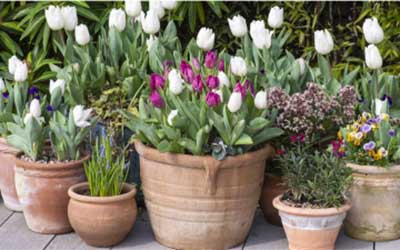
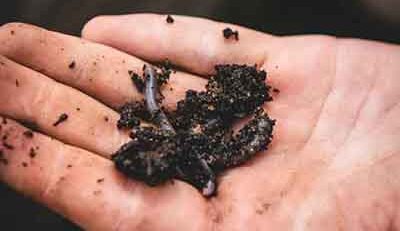

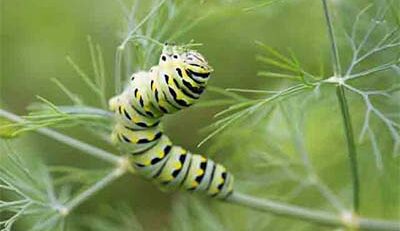
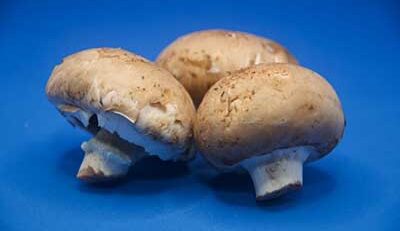
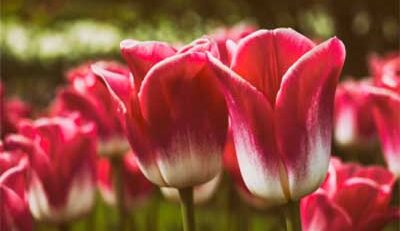
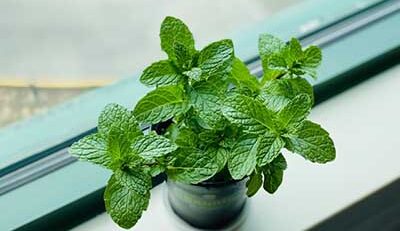


Leave a Reply